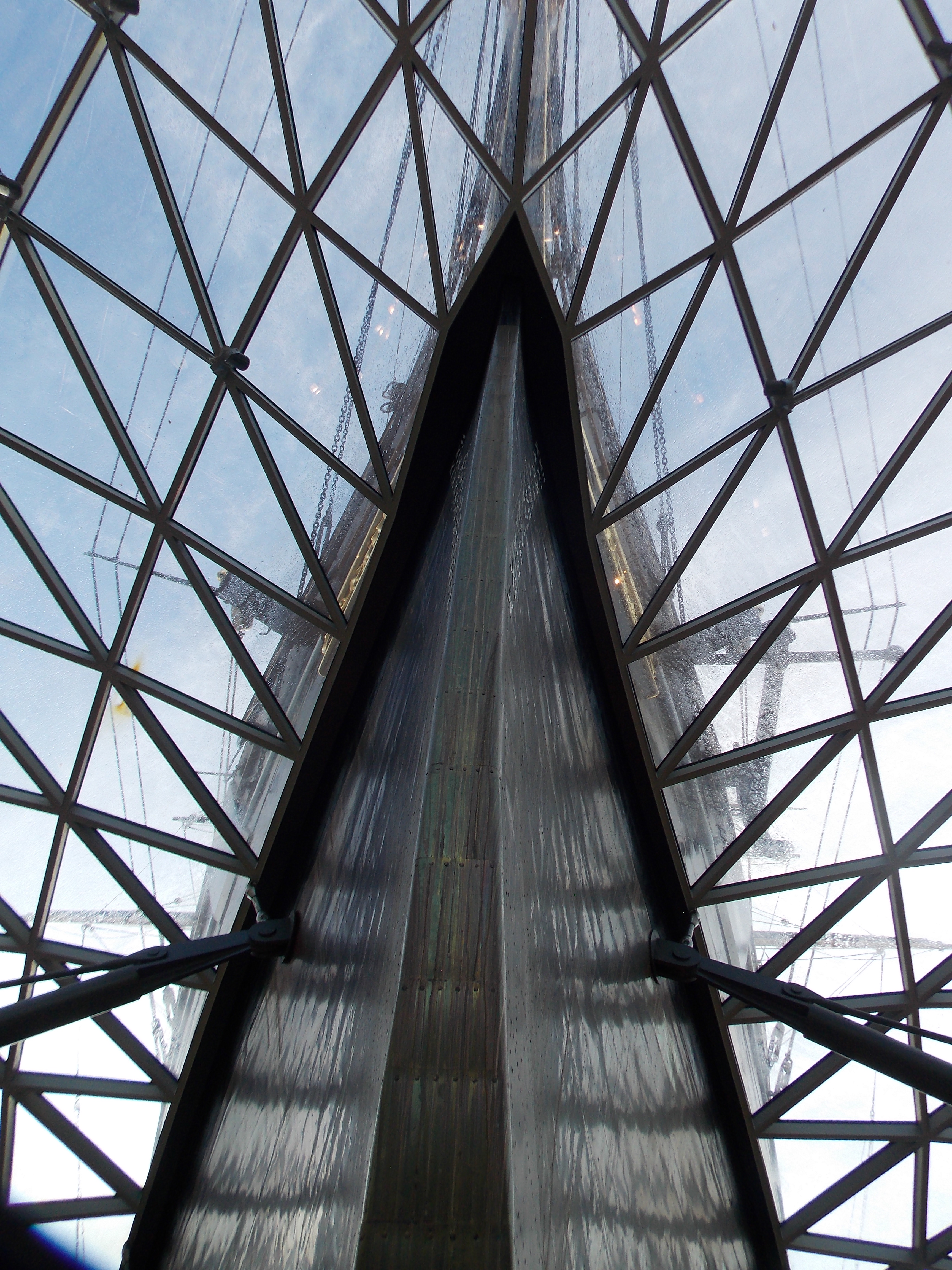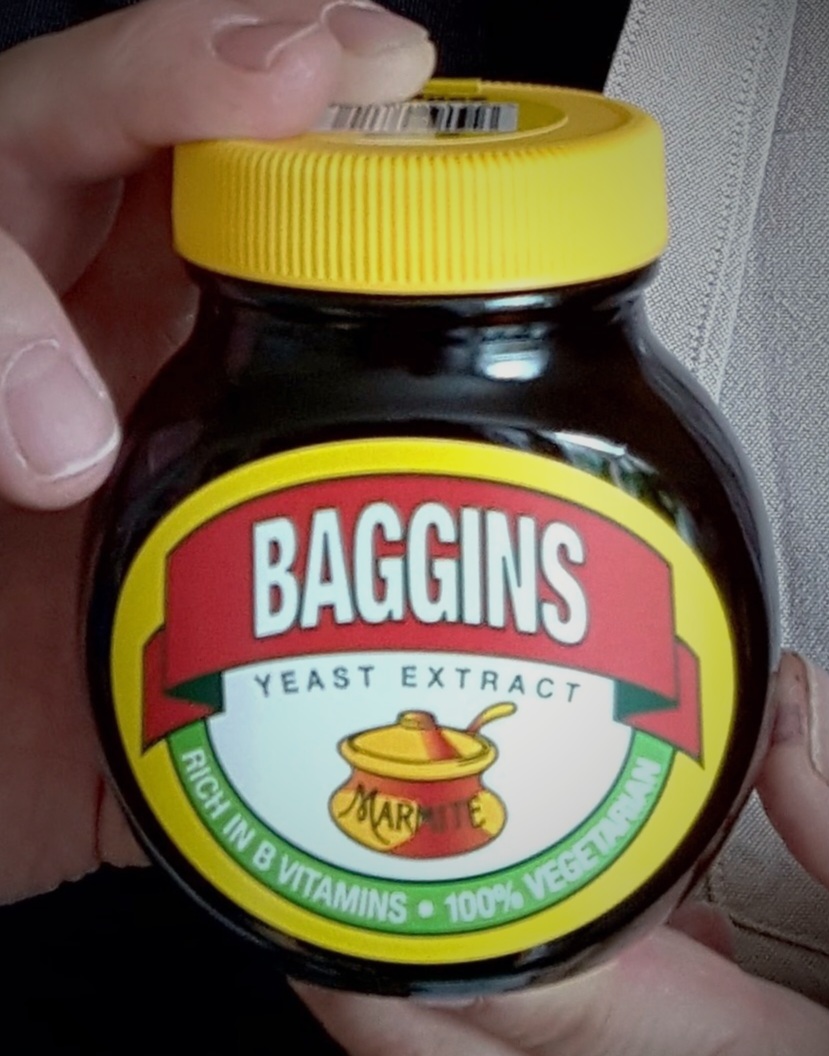
Crafted by a potter named M Sivasamy, this clay pot was designed to help keep produce cool for days.
He made a cylindrical pot made out of clay with a tap on one side and an outlet to pour water on the other side. A smaller pot fits inside the bigger one where you can place your vegetables which is then covered with a lid. The technology is simple — the water in the pot remains cool keeping the vegetables fresh and cool. - BetterIndia
For places with no or limited electricity, this could help immensely. Especially considering terracotta(earthenware) clay is almost used worldwide.
More Info:
So they discovered cooling by evaporation?
No, they’ve been doing it for some time, western media has only just discovered it.
Not just evaporation, this is indirect heat transfer without electricity. Simple, cheap, foolproof, renewable.
Little pot containing fresh vegetables inside the big pot, pour cold water inside the big pot, after a day or two, you can pour the warmer water out and put new cold water in.
Insulation of the clay keeps the water cold, hence the vegetables cold, and all you need is any source of cool water.
It’s a really good idea in an energy deprived environment.
This is evaprotive cooling tech. These things have existed for 1000s of years. They are called zeer pots.
The water evaporates through the outter clay pot and the latent heat of vaporization causes the water to cool drastically. Same exact principle as an air-conditioning unit, but it’s not a closed system, so you have to add more water. And waters energy from vaporization isn’t as good as a refrigerant. And it’ll only work well in a dry environment.
Yep, these are brilliant for dry climates, but for humid areas you’d need something else or a small power station (check out gearscouts.com if you need one that’s actaully efficient with LFP batteries).



